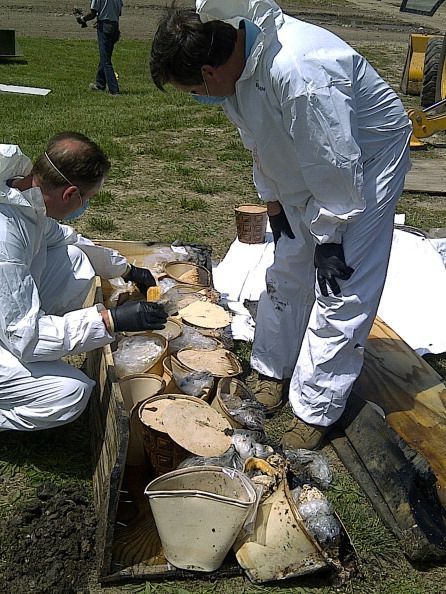John Wayne Gacy 'Killer Clown' Victims Identified Using DNA Decades After Being Buried

Chicago authorities announced Wednesday they have identified the second of the eight unidentified victims of John Wayne Gacy, termed the “Killer Clown.”
According to a statement by the Cook County Sheriff's Office, the body of 16-year-old James “Jimmie” Byron Haakenson, who went missing in August 1976, was identified "using modern scientific techniques and old-fashioned detective work.”
In 2011, William Bundy, a 19-year-old construction worker who had gone missing in 1976, was the first of the eight victims to be identified. Gacy was convicted of killing 33 young men in the seventies in the Chicago area, and was executed in 1994, according to The Sun.
READ: Seven Most Infamous Serial Killers In World
Eight of the victims, whose bodies were found in Gacy’s crawl space in December 1978, were buried without being identified. It has been a long journey for authorities in identifying the victims since they were buried in June 1981, with their jawbones removed in case they were needed for future investigations.
At that time police relied on dental records to identify people, and DNA technology was yet to make its presence felt in criminal investigations. The identity of the victims remained a mystery till a breakthrough in the case in 2010, when Sgt. Jason Moran, a detective at the Cook County Sheriff’s office, came across a report from the Chicago medical examiner’s office which provided details of the remains discovered in Gacy’s crawl space.
“I was able to count that there were eight unidentified victims,” Moran recalls, BuzzFeed reported.
When Moran inquired about the jawbones at the medical examiners, he was told that they had been buried without any DNA sample being taken. The jawbones were exhumed but the DNA was old and damaged, and Moran’s team had to exhume four of the unidentified bodies before they could assemble the eight DNA profiles.
Following this discovery, Sheriff Tom Dart asked the public to submit their DNA if they thought one of the victims was their relative. “These were eight young men who had futures,” Sheriff Tom Dart said at the time. “These are eight people that deserve more.”
One of the respondents was Bundy's sister Laura O’Leary. Her DNA was linked to victim 19 (the bodies were numbered as they were removed from Gacy’s house), but it wasn’t enough for a firm identification. However, a top canine teeth that Bundy had had removed as a teen and the family had preserved confirmed the identity conclusively.
READ: Can You Spot A Serial Killer Before He Kills?
In the second breakthrough, detectives confirmed Haakenson's identity by sorting through his original missing person report, Social Security Administration information, and postmortem reports, BuzzFeed reported.
DNA samples from two of his siblings suggested a "strong genetic association" between them and a set of Haakenson’s remains known till now to police as Gacy Victim 24, reports said.
In 1979, Haakenson’s mother tried to learn if her son was among Gacy's victims, but could not provide dental records, which were the main scientific method at the time for determining victims' identities. In pursuit of this case, DNA technology helped not just identify the two victims, but allowed investigators to clear 15 unrelated cold cases across America.
© Copyright IBTimes 2024. All rights reserved.





















